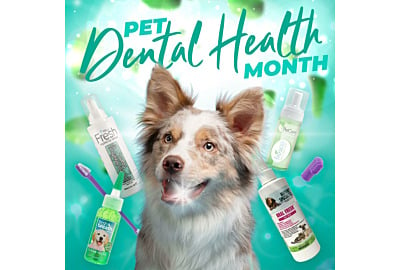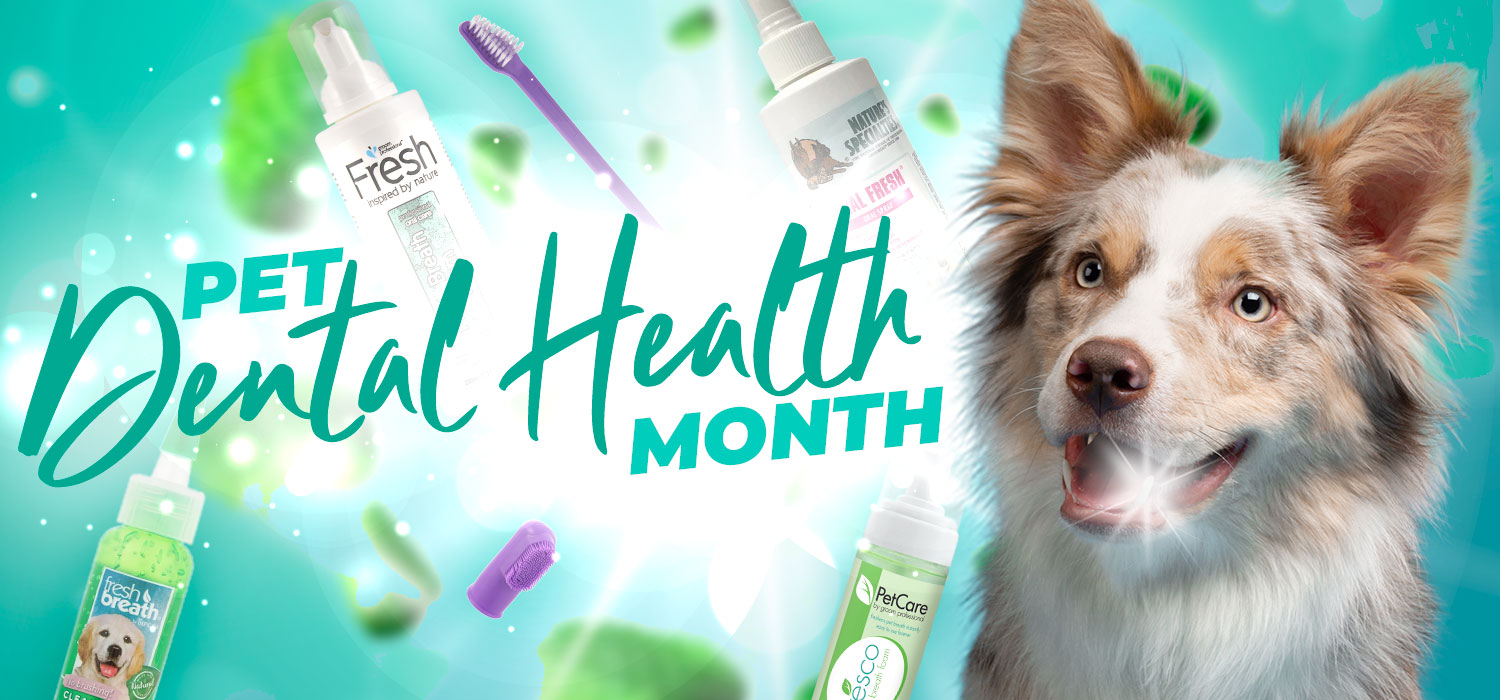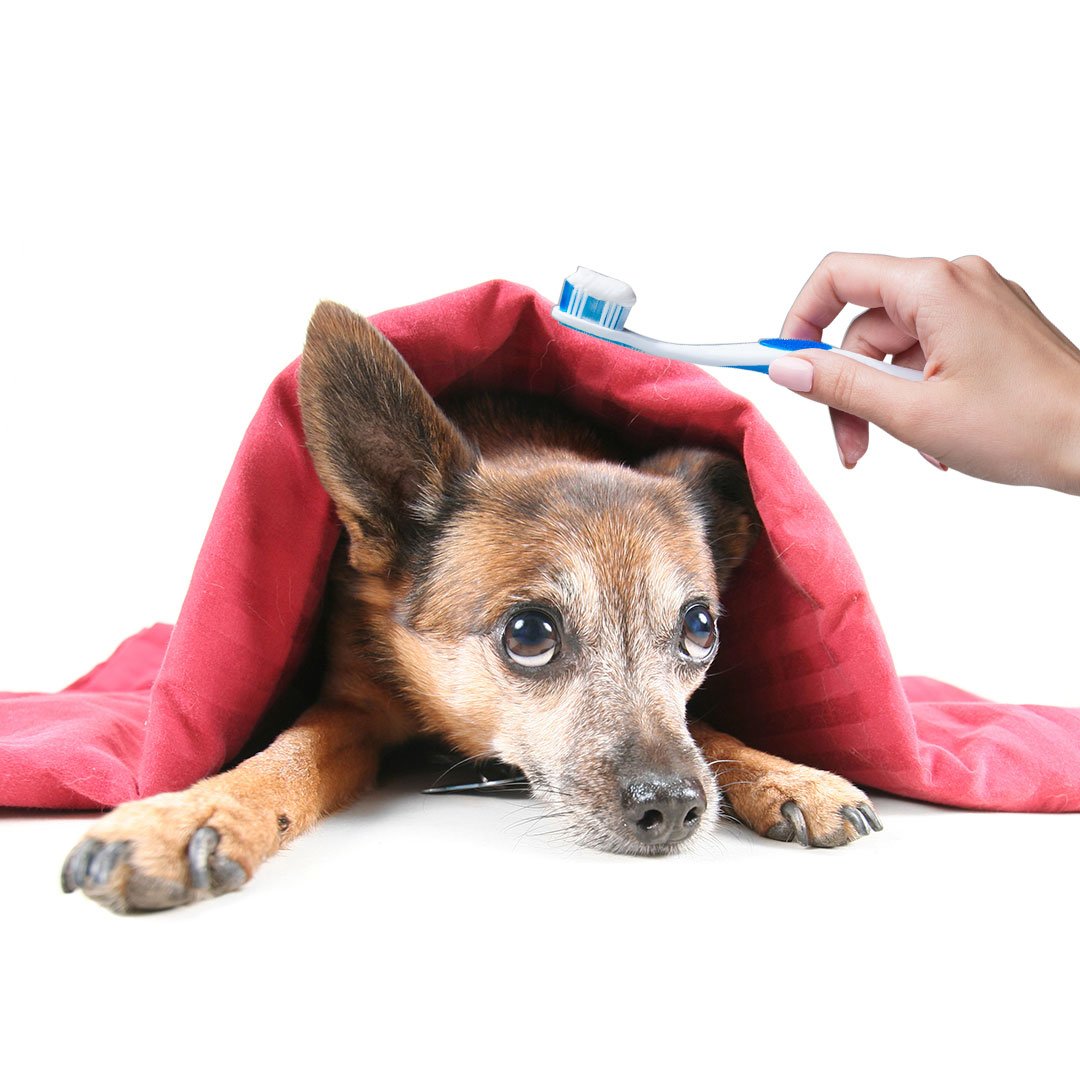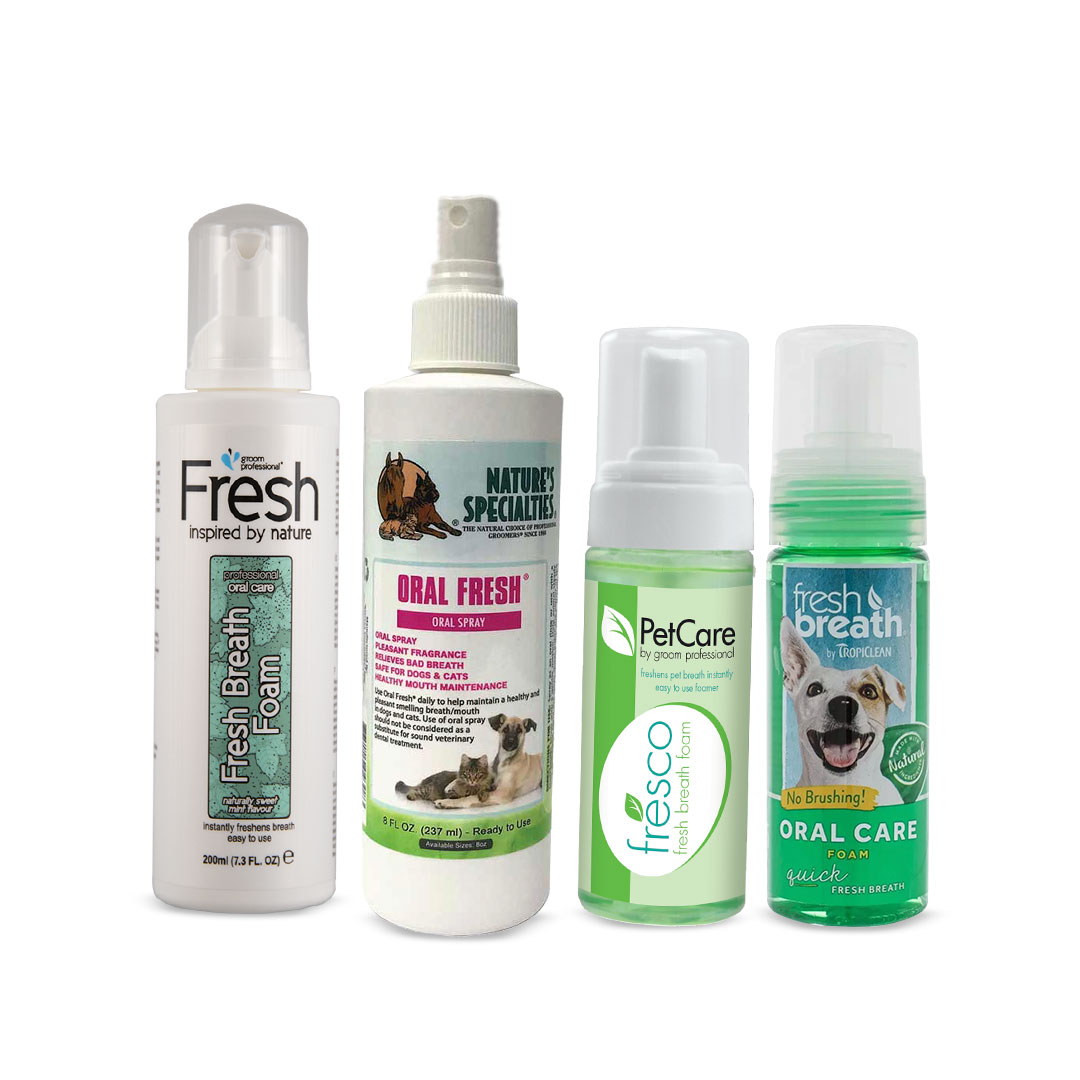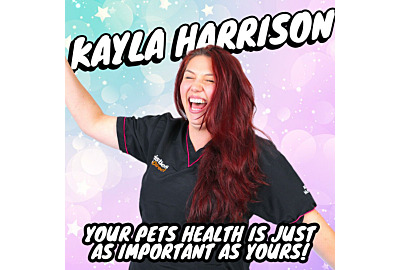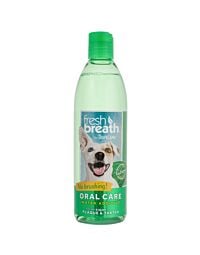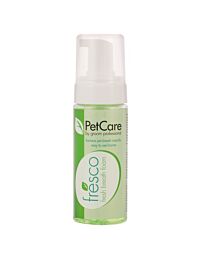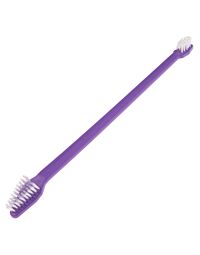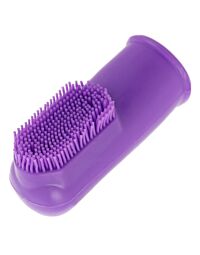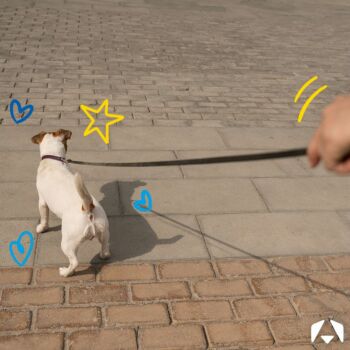Pet Dental Health Month
Did you know that February is Pet Dental Health Month?
Unfortunately, dogs cannot grab a toothbrush and clean their own teeth, so why not take time this month to remind your customers how important oral health is for their dog’s general wellbeing?
While at-home dental care is important as a groomer you can offer support when dogs visit for their regular appointment, and if you notice serious dental problems you should suggest a vet referral.
Some pet parents may feel nervous cleaning their dog’s teeth and they might feel more confident if the groomer handles this. But pet owners need to support the groomers and can do this by providing the correct toys, chews, and food to help with tooth cleaning and by doing what they can to clean the dog’s teeth and gums at home.
First things first, it’s important that pet owners introduce oral care products early so they seamlessly become part of their dog’s grooming routine.
New puppies have 28 temporary teeth which are replaced with 42 permanent teeth. These adult teeth will emerge when the puppy is about 4 months old. By the time, the puppy is 6 months all their first teeth should have been replaced and it’s important their owner continues with good dental hygiene.
Share these tips with new puppy owners to get them started with good dental care:
Cleaning and Dental Cleaning Products
Introduce a toothbrush and toothpaste into a dog’s routine early with positive training methods. This will help puppies become accustomed to the sensation of having their teeth cleaned.
- Constant praise and encouragement will make training smooth and successful – encourage your clients not to move on to the next step until they feel they are ready and the pup is ready.
- They should start by stroking their dog’s cheek – this will help the dog get accustomed to hands being near his mouth.
- The owner should then let the dog taste the toothpaste by licking it off their finger.
- When the dog has shown they like the taste of the toothpaste, the owner can move to rub it along their gum line.
- Once the pet owner feels their dog is comfortable enough (and this may take a few days) then they can introduce the toothbrush. They should allow the dog to lick it and taste toothpaste on it but resist putting the toothbrush in his mouth too soon - this could put the dog off and they will be back to square one!
- When they are both comfortable with the toothbrush, it’s time to start brushing those teeth. They should start gently and focus on the front teeth to begin with, using the brush in circular motions. They may need to pause to allow the dog to lick their teeth and the brush. Remind them - lots and lots of praise!!
- Soon the dog will be happy for its owner to brush its front teeth and they can move to the back teeth when they feel ready.

As well as the traditional toothbrush approach there have been several new types of products released to the market to help with oral hygiene in pets that you can retail in your salon.
If a pet’s teeth are in good condition you could recommend that your customers consider adding an additive to their drinking water like . A few drops can keep plaque and tartar at bay and leave their pup with fresh breath.

There are also dental gels and foams that naturally and gently clean the teeth without brushing. These are great for pet owners as they are simple to apply and they’ll definitely notice a difference.

